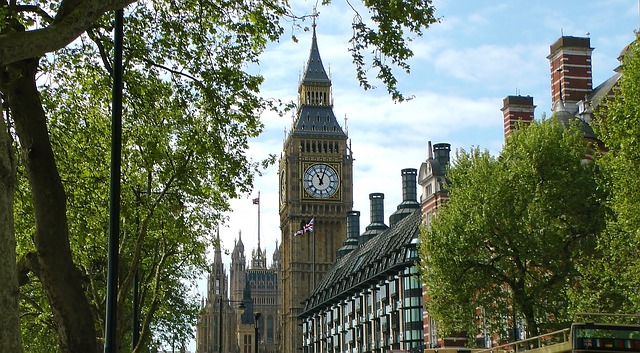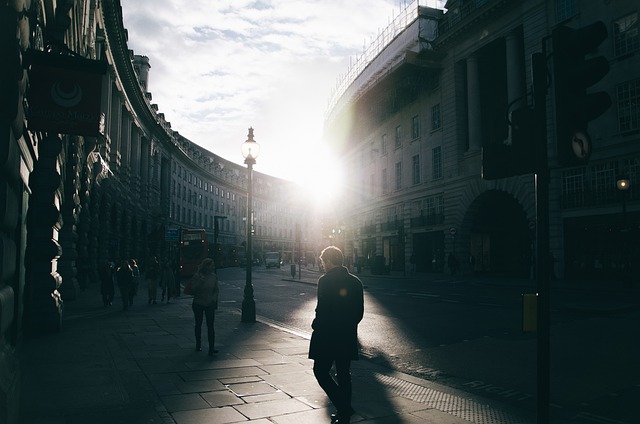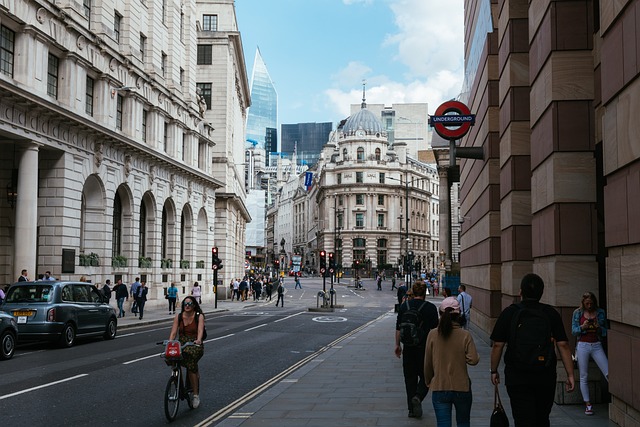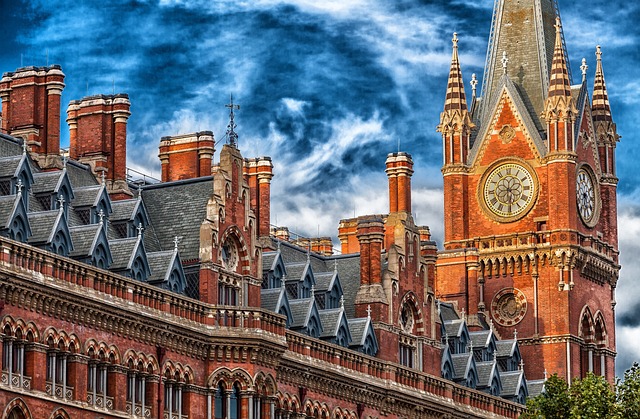Traditional British Clothing: From Kilts to Tweed
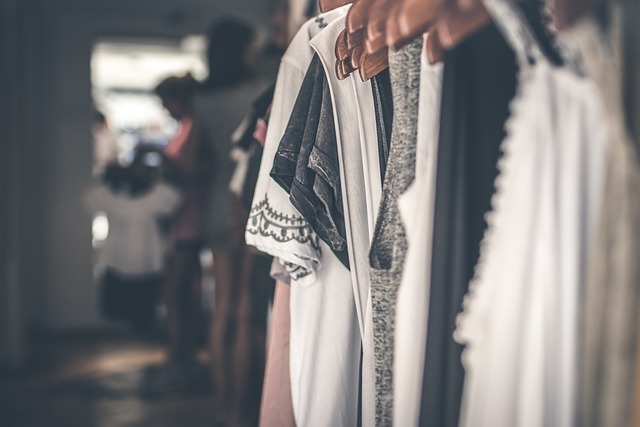
Traditional British clothing is a fascinating blend of history, culture, and regional identity. From the rugged landscapes of Scotland to the rolling hills of England, each region has its own distinctive attire that reflects its heritage and way of life. Whether it’s the iconic Scottish kilt, the elegant English tweed, or the ceremonial uniforms of the British monarchy, traditional British clothing tells a story of craftsmanship, tradition, and national pride. This article explores the rich tapestry of traditional British clothing, its origins, and its enduring influence on fashion and culture.
Scottish Traditional Clothing: The Kilt and Beyond
Scotland is perhaps best known for its traditional clothing, which is deeply rooted in its history and culture.
1. The Kilt
- Origins: The kilt dates back to the 16th century and was originally a full-length garment known as the feileadh mor. The modern kilt, or feileadh beag, emerged in the 18th century.
- Design: Made from tartan, a patterned woolen cloth, the kilt is pleated at the back and secured with a belt. Each tartan pattern is associated with a specific Scottish clan.
- Accessories: The kilt is often worn with a sporran (a small pouch), a sgian-dubh (a small knife), and knee-high socks with garters.
- Occasions: Kilts are worn at formal events, weddings, and Highland games, as well as by pipe bands and military regiments.
2. Tartan
- Significance: Tartan is a symbol of Scottish identity, with each pattern representing a specific clan or region.
- Uses: Beyond kilts, tartan is used in scarves, shawls, and other clothing items.
3. Highland Dress
- Components: Traditional Highland dress includes a jacket, waistcoat, and tie, often made from tweed or wool.
- Footwear: Ghillie brogues, traditional Scottish shoes with long laces, are commonly worn with Highland dress.
English Traditional Clothing: Tweed and Tailoring
England’s traditional clothing is characterized by its elegance, practicality, and timeless appeal.
1. Tweed
- Origins: Tweed originated in Scotland but became popular in England, particularly in rural areas.
- Characteristics: A durable, woolen fabric with a rough texture, tweed is often woven in earthy tones and herringbone or check patterns.
- Uses: Tweed is used for jackets, suits, caps, and coats. It is particularly associated with country pursuits like hunting and shooting.
2. The Flat Cap
- History: The flat cap, also known as a newsboy cap or driving cap, became popular in the 19th century.
- Design: Made from tweed or wool, the flat cap is a rounded cap with a small brim.
- Popularity: It remains a stylish and practical accessory for both men and women.
3. The Barbour Jacket
- Origins: The Barbour jacket was first produced in 1894 and is synonymous with British country wear.
- Features: Made from waxed cotton, the jacket is waterproof and durable, making it ideal for outdoor activities.
- Legacy: The Barbour jacket is a staple of British fashion, worn by royalty and celebrities alike.
4. Ceremonial and Military Uniforms
- Beefeaters: The ceremonial uniforms of the Yeomen Warders (Beefeaters) at the Tower of London are iconic, featuring a red and gold tunic and a distinctive hat.
- Guardsmen: The red tunics and bearskin hats of the Queen’s Guard are instantly recognizable symbols of British tradition.
Welsh Traditional Clothing: A Touch of Heritage
Wales has its own unique traditional clothing, often associated with rural life and folklore.
1. The Welsh Hat
- Design: A tall, black hat made of felt or silk, often worn with a bonnet underneath.
- History: The Welsh hat became popular in the 19th century and is a symbol of Welsh identity.
2. The Bedgown
- Description: A loose-fitting dress made from wool or flannel, often worn with an apron and shawl.
- Occasions: The bedgown was traditionally worn by rural women for everyday tasks.
3. Love Spoons
- Significance: While not clothing, love spoons are a traditional Welsh craft often given as tokens of affection. They are intricately carved from wood and symbolize love and commitment.
Northern Irish Traditional Clothing: A Blend of Influences
Northern Ireland’s traditional clothing reflects its unique cultural heritage, blending Irish, Scottish, and English influences.
1. Aran Sweaters
- Origins: Although originally from Ireland, Aran sweaters are popular in Northern Ireland. They are made from thick wool and feature intricate cable patterns.
- Symbolism: Each pattern has a specific meaning, such as the honeycomb symbolizing hard work.
2. Tartan
- Usage: Like Scotland, Northern Ireland has its own tartan patterns, often associated with specific families or regions.
Traditional British Clothing in Modern Fashion
Traditional British clothing continues to influence modern fashion, both in the UK and internationally.
1. Tweed in High Fashion
- Designers: Fashion houses like Chanel and Burberry have incorporated tweed into their collections, elevating it to high fashion.
- Runway Trends: Tweed jackets, skirts, and accessories are staples of modern fashion.
2. The Kilt’s Global Appeal
- Celebrities: Celebrities like Ewan McGregor and Robbie Williams have popularized the kilt on the global stage.
- Modern Adaptations: Designers have reimagined the kilt in contemporary fabrics and styles.
3. Heritage Brands
- Barbour and Burberry: These brands have become synonymous with British style, blending tradition with modern design.
- Global Reach: Their products are sought after worldwide, reflecting the enduring appeal of British fashion.
